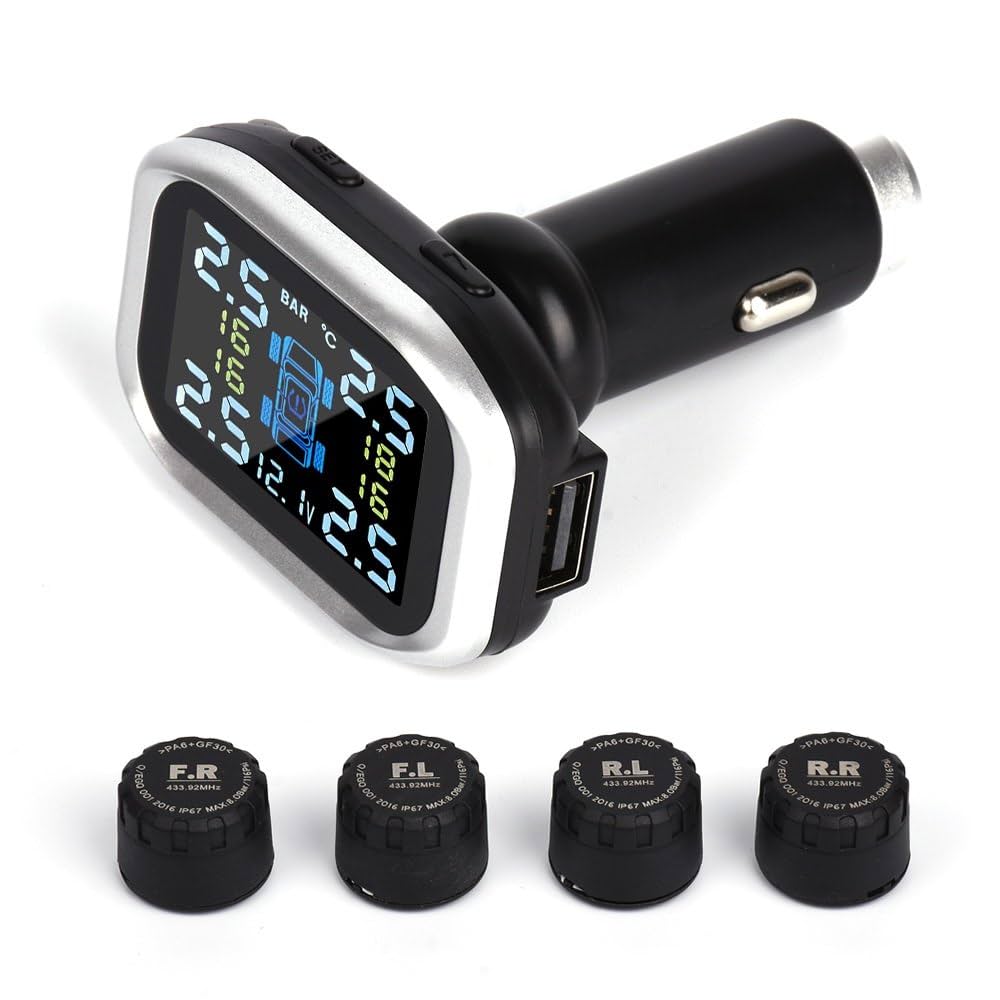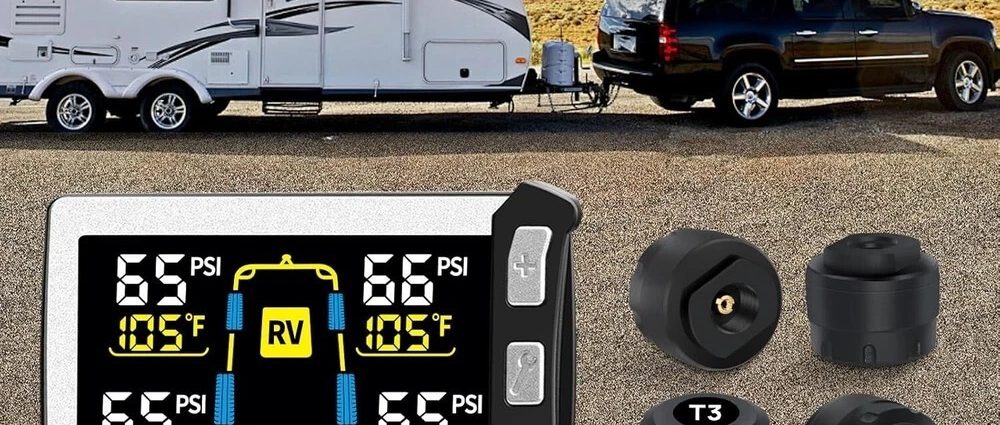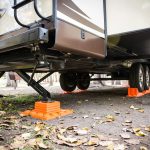In short… yes. Underinflated tires are a huge safety concern, but how often do we think about our tires? Especially our tire pressures. Almost never. When was the last time you, personally, checked your tire pressures? Odds are, the last person to check them was your mechanic, but our tire pressures change quite a lot, especially with a change in seasons.
If your tire is a bit over inflated, it’s not really a big deal, but if they are under inflated, that can lead to a very dangerous situation. The tire isn’t designed to be used like that. It can lead to over heating, irregular wear, and even a blow-out. This is why TPMS has been installed on vehicles for over 20 years. In many countries they are required by law. They aren’t commonly found on trailer tires though. They are just another expense that RV manufacturers would rather not have to deal with. Especially since they need some sort of remote monitor in the cab of the vehicle that the driver can monitor.

There are different ways of doing that. If you don’t tow your RV very often, maybe you would prefer an app on your phone to alert you to when your tire pressures are dropping. If you’re a full-time RVer, perhaps you want a dedicated console installed on your dash (a permanent one, or a temporary one that you can plug in). There are literally hundreds of options on the market, so the RV manufactures are happy to leave this up to the consumer to deal with.
Regardless of what type of monitor you choose to go with, they all require a sensor added to each tire valve. This is actually the easy part. They are like fat tire valve caps that screw onto the valve. Easy. You then pair them via Bluetooth to the monitor and you’re done. You can buy a system for trailers with 2, 4, or 6 tires.
This provides piece of mind, and can save you a tremendous amount of money in damage repairs that come from catastrophic tire blow-outs that rip apart huge sections of your trailer. Sudden blow-outs are rare though unless you drive over a large chunk of debris on the roadway. What’s far more common is the tire develops a slow leak. Driving on an under-inflated tire is dangerous because eventually the tread can delaminate in a rather violent way, sending chunks of rubber flying at high speed with a tremendous amount of energy behind them. This is what causes the damage to your trailer.
A TPMS can warn you ahead of time that a tire is loosing pressure so that you can address the cause before the tire fails explosively. Replacing a trailer tire may only cost $100, especially if you do it yourself. Even less if you can repair it due to a puncture from a nail. But the damage from a tire blow-out could cost several thousand in repairs to the trailer. So the cost of installing a TPMS on your RV is always going to be less than the damage caused by a blow-out.
It buys piece of mind, and should be considered not only a safety feature, but also an investment.


